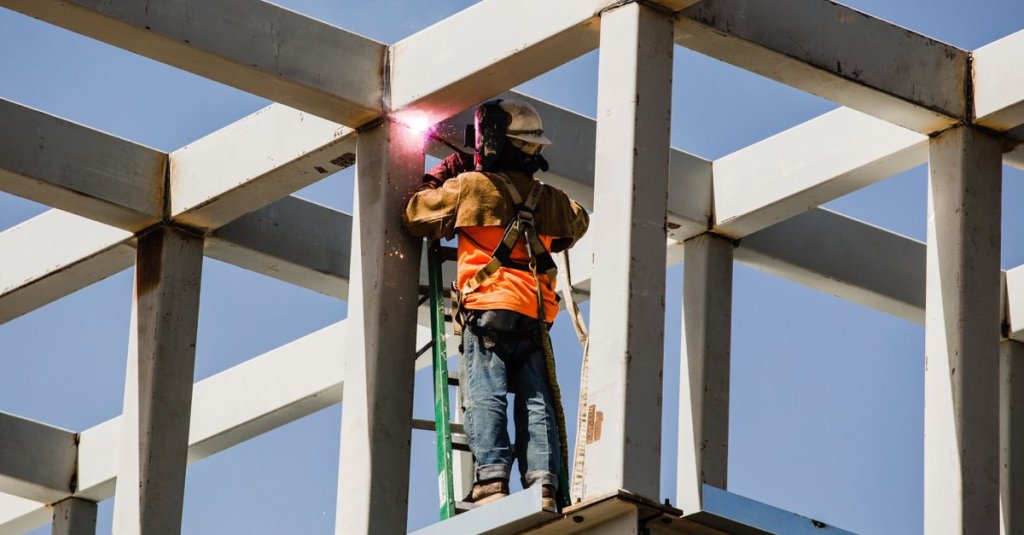Whether you’re a project manager for a larger general contractor, or a brand new GC, one thing’s for sure:
You need to know how to hire a subcontractor or trade contractor.
In the construction industry, it’s always about building a good working relationship. Many GCs and subs will work together for years. If a sub continues to produce quality work—and the GC builds a good relationship with them—why switch things up?
However, things inevitably change. Subs retire. New GC firms are formed, or they expand. Knowing how to hire a new subcontractor is important to ensuring your projects stay on track when that time eventually comes.
Hiring subs doesn’t have to be confusing or unpleasant, though. We’ve put together a list of questions to ask (and boxes to check) in your subcontractor prequalification process. That way, you can all be prepared for your next big job.
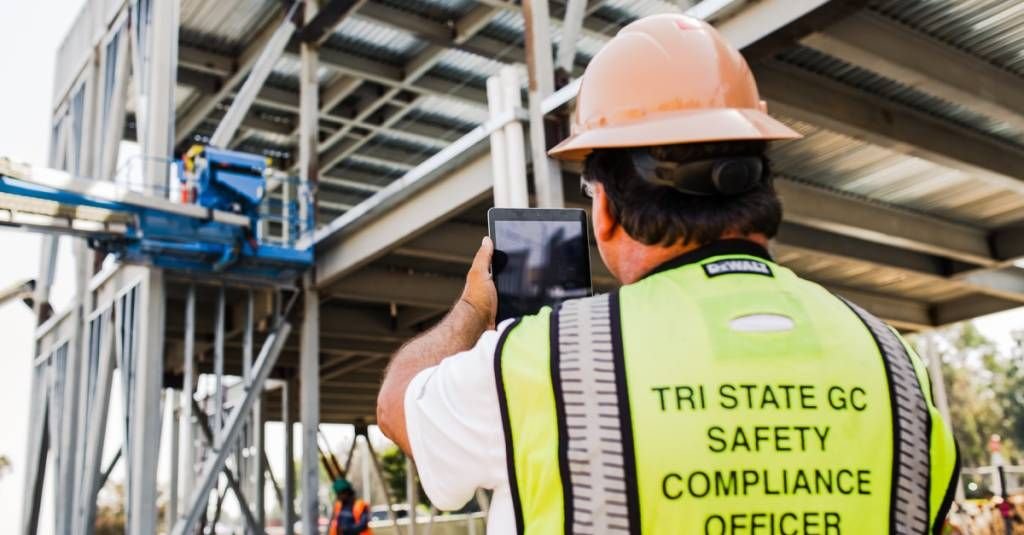
Why hire subcontractors?
Before going out and finding a subcontractor, ask yourself a few basic questions. When do you need to hire a subcontractor? Do you even need one?
Here are some basic guidelines to consider when hiring a subcontractor.
When to hire a subcontractor
Consider the scope of work for your project. Remember that subcontractors are specialists. They’re experts in their line of work.
While you can find a subcontractor for just about every scope of work, there are a couple common subcontractor areas you should know.
Bigger GCs typically do their own drywall or concrete work and hire subcontractors for everything else. However, even smaller GC firms hire subcontractors for mechanical, electrical, excavation, and plumbing (MEP) as well as underground utilities, structural steel, and glazing.
If any of your construction projects involves this kind of work, it’s a safe bet to hire a subcontractor.
When you need a subcontractor
Do you really need a subcontractor? Most likely, yes.
Michael Stone, analyst and researcher at Construction Programs, says:
“Hiring subcontractors will often cost you less to get the job done than using crews that aren't trained for specialty work...the specialists know what materials they'll need before the job starts, and so will be able to get the job done faster—with less downtime to chase parts or materials."
All that specialty know-how and preparedness from hiring subcontractors will save you time and money in the future. It may even lead to savings that trickle up to the owner.
How to hire subcontractors
The subcontractor hiring process involves several different steps.
We’ll walk you through the major questions you need to ask to determine the subcontractor requirements, and what to build into your subcontractor agreement at the end.
Where to find subcontractors
To find subcontractors, GCs and PMs usually go to sites like BuildingConnected, AGC, BIA, and other trade organizations.
Once there, a GC will put out a request for proposal (RFP). RFPs list out important project details, like the skills needed, objectives, and the project timeline. Sometimes, GCs will even host a “Meet the GC” event to get a feel for the local talent.
If you’re a GC with an RFP on one of these sites, we recommend you do your due diligence. Don’t just snap up the first proposal that comes in. Instead, gather at least three proposals to compare options—and find the best subcontractor for your project.
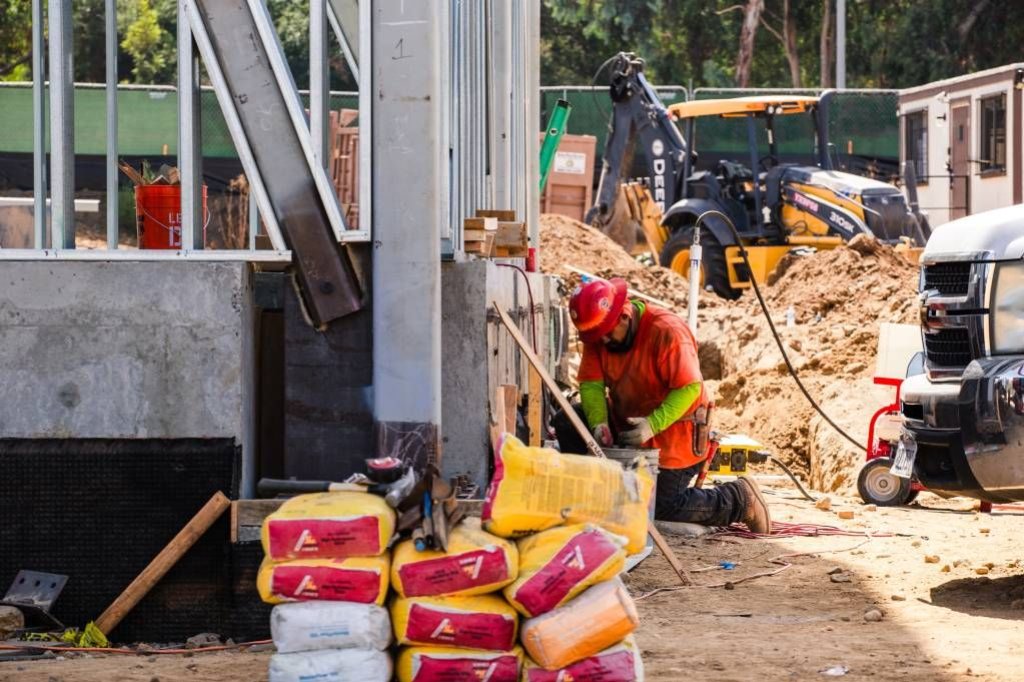
Subcontractor prequalification process
Once they’ve got an RFP out on some trade sites or newspapers, most GCs have their subcontractors go through the subcontractor prequalification process. That way, any subcontractor they work with meets their standards and expectations.
Although prequalification processes vary from GC to GC, there are a couple universal forms and questions to include. We’ve got some recommendations for you.
Also note that most GCs prequalify their subcontractors once a year. If there’s a new type of project or a particularly large one, GCs opt to prequalify subcontractors on a per-project basis.
Subcontractor scalability
Part of your prequalification process should definitely be complete disclosure of the size of the subcontractor who wants to work with you.
This one is really up to the project that you're working on. If you're doing a residential kitchen remodel, then hiring a smaller plumbing or electrical sub will usually do the job. However, if you’re working on floor 20 of a new high-rise building that needs eight bathrooms installed on every floor, then you're better off looking for a sub that can match the speed and scale of your work. Overburdening a business that wasn't designed for the size of your job is a quick way to slow the entire process down.
During this step, you'll also want to check and make sure a sub has all of their own equipment—and that it’ll be sufficient to tackle your job.
If you find yourself doing the same type of job frequently, you can probably skip this step. But if your projects vary often, then you might want to consider switching to a per-project prequalification process. This helps ensure you don’t overstaff your subs.
Subcontractors with experience
The main point of hiring a subcontractor is for their specialized knowledge. That means you want subs with at least a few years of experience in the field. The good news: If someone wants to become a licensed subcontractor, they have to go through a rigorous training process.
Michael Stone puts it this way:
"For specialties like plumbing and electrical, most apprenticeship programs are three or four years in length. And when someone graduates from those programs, they know their trade inside and out. That makes them better equipped to deal with any situation, and it makes them faster at getting their particular discipline done."
In your prequalification process, ask for a portfolio of work. Seeing is believing (especially in construction), and you can see if a sub’s style matches yours.
Subcontractor safety records
Safety is one of the biggest concerns in construction—and rightfully so. That’s why it’s important for all your potential subcontractors to submit safety records.
Ask for their EMR verification, OSHA records (particularly forms 300A and 300), and how much time they've lost due to accidents and injury in the past. You'll also want to ask about their main safety officer and get their credentials and history.
While safety is always an issue on jobsites, building safety into the subcontractor hiring process reduces your risk. Bringing in safety from the start goes a long way to make sure your project stays on schedule and within budget.
Licensing for subcontractors
Different states have different requirements when hiring a subcontractor. Be sure to check your state’s specific guidelines.
For example, some states require subcontractor licenses, while others don't. If you’re working with subcontractors, do it legally. This helps ensure the quality of their work and protects your business in the case of litigation or disputes in the future.
Subcontractor daily reports for accountability
The next step in your subcontractor hiring process? Establishing the way you and your subs will communicate throughout the project.
Between various RFIs, change orders, tasks, and punch lists, communicating with subcontractors can take a lot of time away from GCs and superintendents alike. That’s why we recommend stating your expectations up front when it comes to daily reporting and time tracking. An easy-to-use subcontractor app can help save time by allowing your subcontractors to do these tasks on their mobile phone right in the field.
Unified Building Group trusts Raken construction management software for all their daily reporting needs.
“Our subcontractors now have a commitment that if they want to get paid they have to log in to Raken and use it 100%," says John Albert, founder of Unified Building Group. “Even with the high level of work we do, we've gotten great reactions to Raken. It's now a big part of every preconstruction kickoff we do."
With Raken, Unified Building Group builds daily reporting right into their subcontractor agreements. Since they started using Raken, managing 300+ subcontractors is easier than ever—and they’ve won more
See a subcontractor daily report example
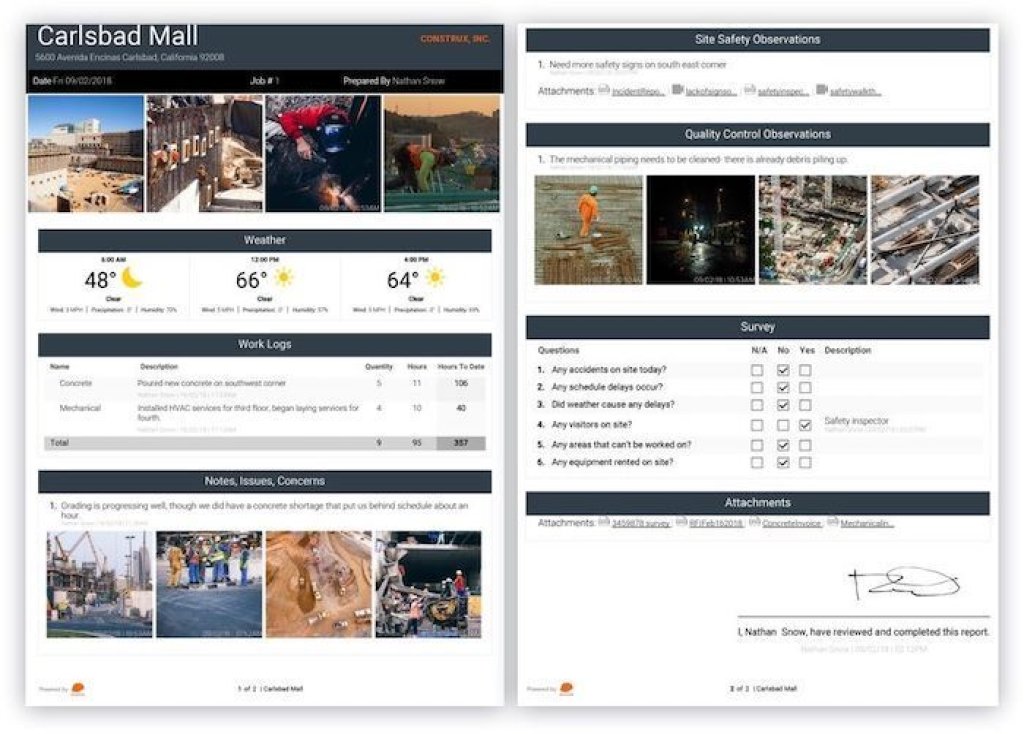
Want to see how we handle subcontractor reports in Raken? Enter your email in the form below to download an example subcontractor daily construction report. We’ll also email you a copy.
Download a Subcontractor Daily Report Example
Thanks! Check your email for a link to access your PDF.
By submitting your email, you accept our privacy policy. By providing a telephone number and submitting this form you are consenting to be contacted by SMS text message. Message & data rates may apply. Message frequency may vary. Reply Help for more information. You can reply STOP to opt-out of further messaging.
1099 subcontractor forms
Form 1099-MISC or Form 1099-NEC
Most 1099 subcontractor agreements are tax documents filled out by workers, not the company. However, it’s still worth addressing in your subcontractor prequalification process. That’s because you need to have a written one every time you hire a sub.
You can find the 1099 subcontractor forms on the IRS website. But that’s only one part of what your final agreement should look like.
For a standard subcontractor agreement, Mike Kappel of Patriot Software says:
"Include details about the fee structure, payment terms, and cancellation policy. Also, note any due dates for payments, and dates for the start and completion of the project."
Don’t forget to include the daily reporting requirement, too. This ensures you’ll have clear communication and accountability throughout the project’s life cycle.
Form W-9
The last form you’ll need is Form W-9. While you’re not responsible for withholding payroll tax for your subcontractors (they’ll handle that), having them fill out a W-9 form is written proof they’ll handle the appropriate withholdings and taxes on their end. This will help clear you of any problems if the IRS comes knocking.
You’ll also need their W-9 forms to fill out your Form 1099, as well as your Form 1096, when tax season comes around. This shows the IRS all the money you paid to subcontractors.
Subcontractor financial statements
Many GCs ask the subcontractors who want to work for them for a few years of third-party prepared financial statements for the company.
According to The Horton Group, this usually helps the GC know that the business they’re dealing with is legitimate, what their capital is, their debt-to-inequity ratio, and accounts receivable and payable.
Essentially, you’re looking at these numbers to make sure they’re comparable to other subcontractors in the field. After all, you want to work with an honest company for your project.
It’s also important for you to be upfront about retention. Most GCs will hold on to 10% of a subcontractor’s pay until the job is completed—or a year after—to cover any unforeseen issues post-construction. While it’s a common practice, it’s always a good idea to communicate the pay structure early on.
Subcontractor insurance and bonds
Finally, you need to request two things from your sub to protect your business: - A reference letter from the sub’s bonding company - The sub’s insurance certificate (with endorsements)
When looking at the insurance, double-check that their limits match the scope of your project.
Sample subcontractor hiring process
We know that was a lot of information.
Here’s a breakdown of the subcontractor hiring process:
Find a list of subs you’d consider working with.
Organize your prequalification process.
Make sure they have the manpower and equipment to scale to your job.
Check out their experience and past work.
Examine their safety records.
Check their license.
Implement a daily reporting and accountability system.
Fill out W-9 and 1099 forms as part of your final agreement.
Examine financial statements and records.
Get copies of insurance and bonds.
Follow these steps, and you’ll find that hiring a subcontractor can be quick and easy. Remember: Good communication, especially upfront, is key. With clear expectations from the start, you can foster a healthy, professional relationship with subcontractors on all your sites.
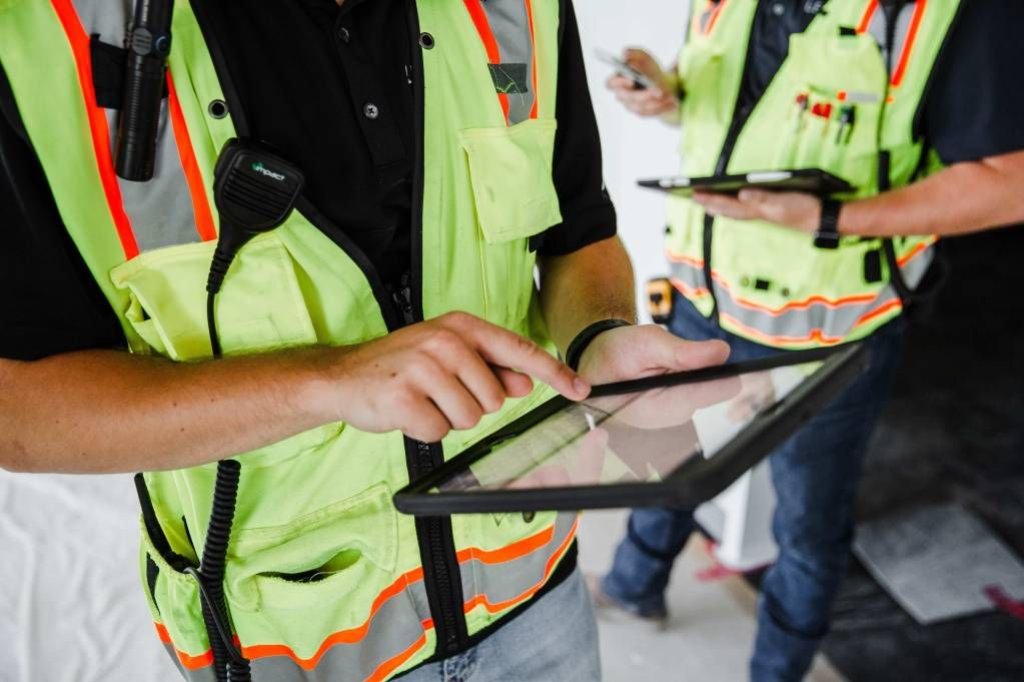
Hired a subcontractor? Collaborate better, too.
Raken’s easy-to-use general contractor software connects you to your subcontractors.
To take daily reporting up a notch, we created the Super Daily and Segmented Daily Reports. Raken’s Super Daily lets all your external subcontractors on a project do their own daily report in Raken. (They’re even indexed into the master daily report for that project.)
Raken’s segmented daily reports, on the other hand, let you set up custom segments for more collaborative and organized reporting. You can segment by supervisor, shift, location, and more for maximum visibility.
Plus, you’ll gain access to our digital toolbox talk library, customizable safety checklists, and production tracking tools. Schedule a demo with Raken today.
